Why carving wood is just as important as computer programming in 2015
FACT – the Foundation for Art and Creative Technology – in association with the Crafts Council, has curated exhibition Build Your Own: Tools for Sharing, to encourage communities to learn a mix of digital and traditional craft skills.
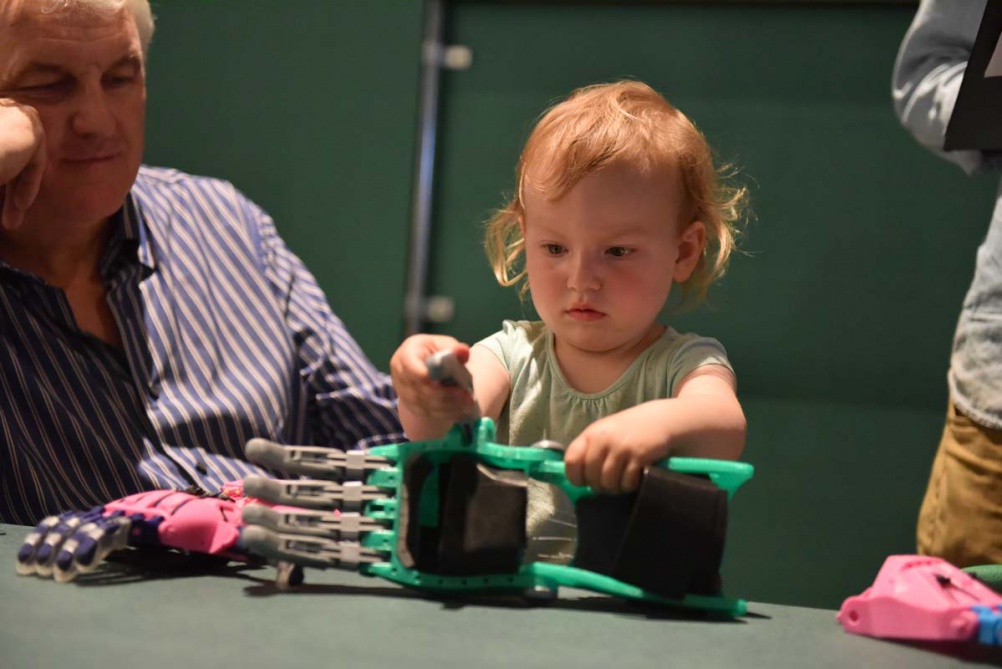
Which is the vital life skill in 2015: the ability to build a robot or to carve a spoon? Members of FACT – Foundation for Art and Creative Technology – are keen advocates for giving both crafts the same value. In association with the Crafts Council, Norfolk Museum Service, and Thirteen Ways, the organisation has put together “Build Your Own: Tools for Sharing”: an exhibition that explores how digital and traditional craft processes can be combined to create new ways of working. They’re also stressing the importance of giving communities access to these skills, through workshops and FACTLab, an accompanying programme that allows visitors to create things such as prosthetic limbs and musical instruments. We speak to exhibition curator Lauren Parker about the importance of having varied skills, and why FACT wants the public to ditch the “old vs. new” mentality.
What are the main purposes of Build Your Own?
It’s about the relationship between craft and digital technology; although they can appear to occupy different spaces, there’s common ground between them. There are three cornerstones to the project: we’re interested in how this idea of common ground might be applied to the ethos of sharing – the Open Source Initiative (which advocates for transparency and idea exchange in software development) is a great example of that. We were then also interested in how these shared approaches could be applied to the real world and could intersect with the public. We then thought about how you might create an exhibition that would be a starting point for on-going conversation and active exploration of these ideas, and so embarked on a project with artists who have worked with different communities.
What combinations between digital technology and traditional craft processes will the exhibition explore?
There are four projects, which interact with the idea in very different ways. We were very inspired by the notion of the exhibition as a kind of toolkit or pattern book that offers a range of different propositions.

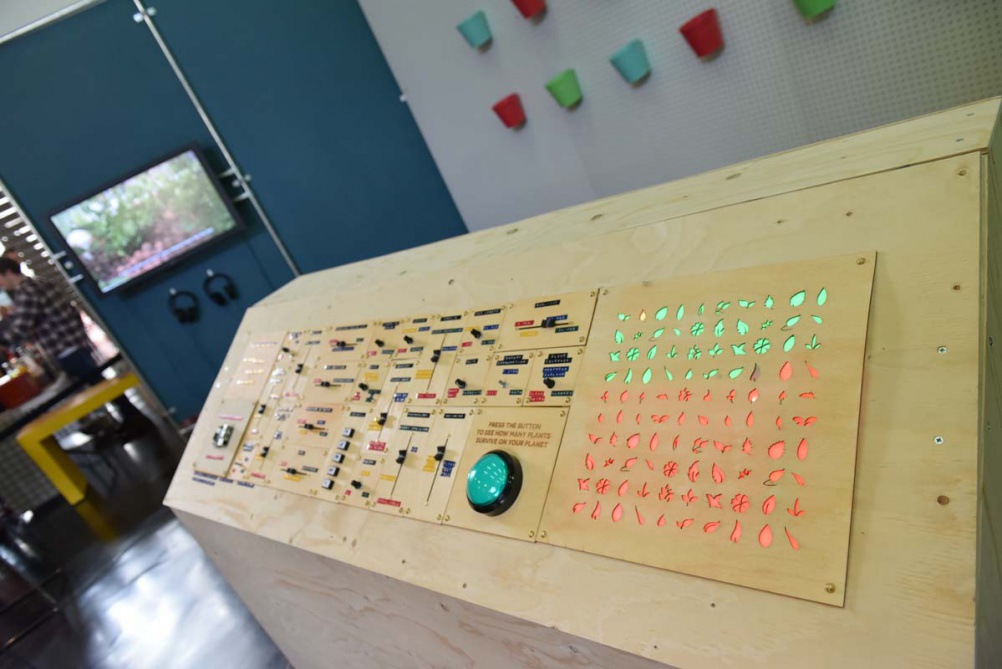
Rachel Rayns’ “Neurotic Machines”, developed with the Raspberry Pi Foundation, looks at the idea of robotic gardening kits, where you can adjust lighting, temperature and water of a hydroponic (soil-less) garden through controlling a mother machine in the gallery. This is accompanied by workshops were people can learn to build their own kits.
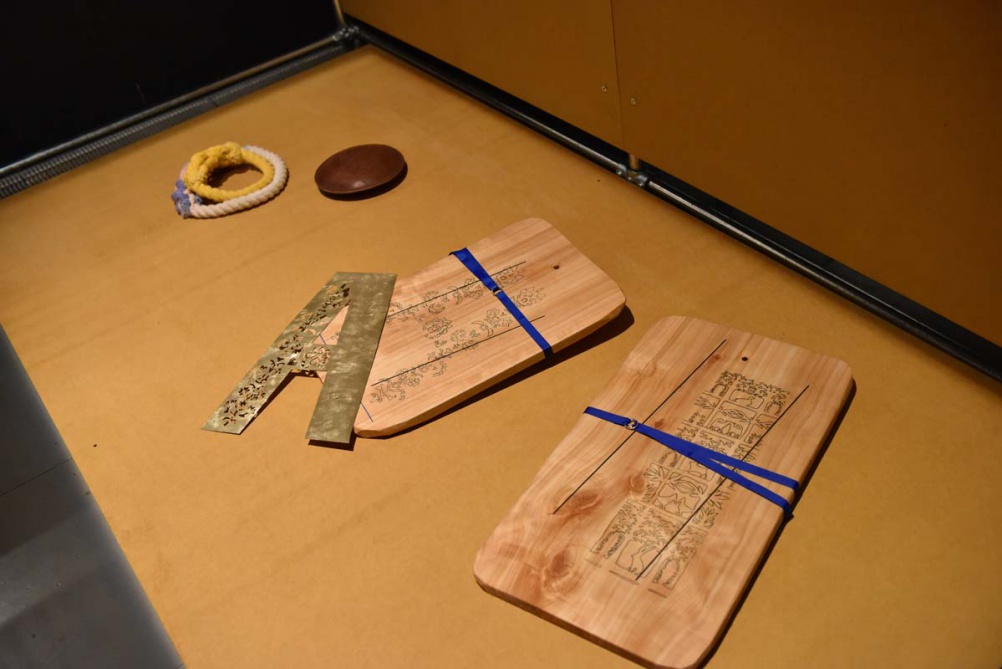
Linda Brothwell’s “Acts of Care: The Lost Letters of Liverpool” is a public act of care using making traditions to bring together communities by combining traditional English fretwork and metalwork with intricate Polish paper-cutting techniques and patterns. Influenced by these techniques, she has replaced the lost letters in signage around the city with beautiful metal fretwork.
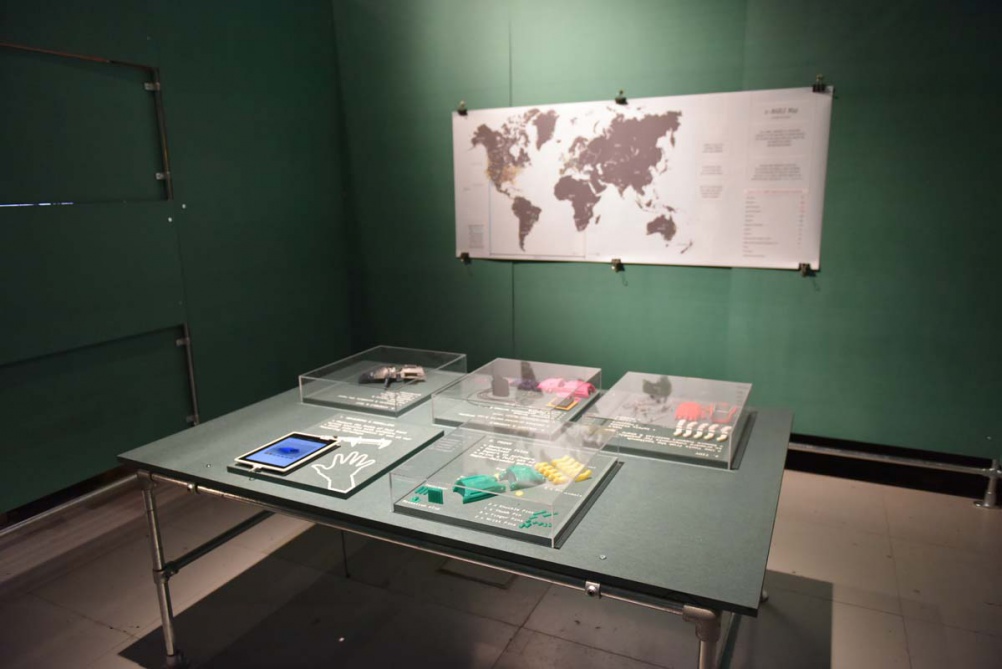
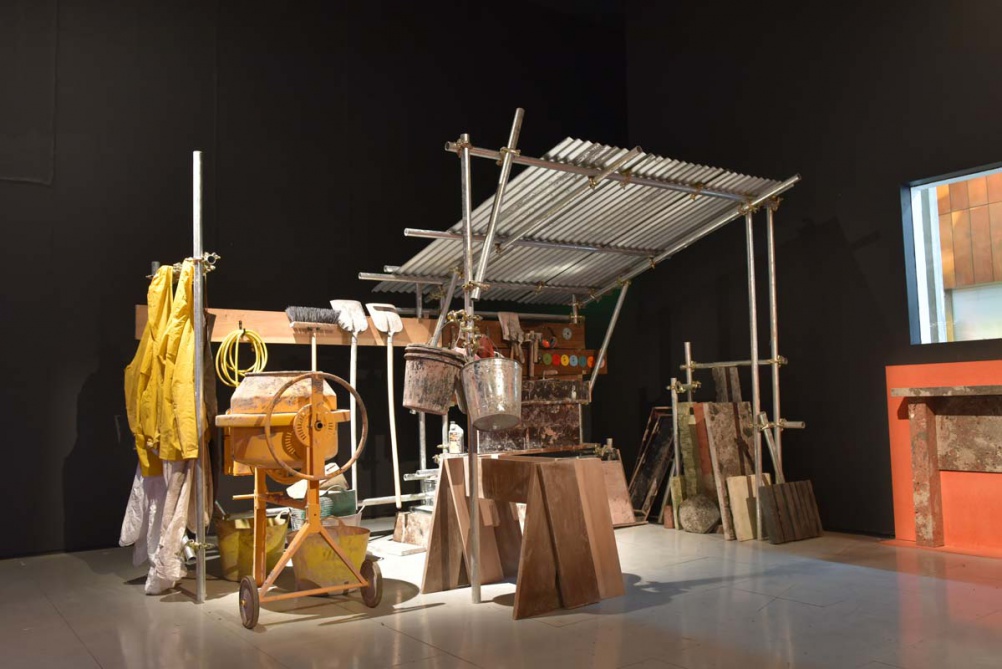
Hacker community DoES Liverpool is working with local families on “Desktop Prosthetics” to create low-cost prosthetic hands who those who need prosthetic limbs through the use of 3D printers, while Will Shannon and nominees of the Turner Prize 2015 are working to regenerate areas within Liverpool, such as backyards, to be used for concrete casting through their project “Homework”.
What are the merits of combining “old” and “new” skills?
There has been a lot of debate about how digital technologies are informing or changing craft practice – but this exhibition flips that over and looks at how traditional craft practices can also inform how we use technologies. The project is also asserting the value of craft in shaping our lives: craft has much to offer our thinking and how we might conceive our future world. For example, manual dexterity, the ability to use tools, and how you understand systems – you can apply these to coding as much as you can to weaving. We’re trying to spread the joy of making out from the exhibition space and into the city. It’s a starting point for conversations and an invitation – there’s this idea that one of the most exciting things about making today is not just about doing it yourself but about doing it together.
What do you think is the future for post-digital design?
I’m not sure, but what’s exciting at the moment is that things are changing rapidly. People are coming up with interesting and amazing ways of doing things all the time. What’s most interesting are the innovative ways that people are working together – technology is just a means to an end. Things such as the International Village Shop (where rural communities set up market stalls and trading tables to make and trade goods) are proposing new ways of sharing and connecting.
What current innovative design projects are helping local communities?
Cucula, a project from Berlin, is a refugee company for craft and design. It has education and DIY furniture programmes for refugees, that teach them to make and sell premium, high-quality products. It’s collaborative, makes high-quality, wonderfully designed products and gives people access to skills and learning. The proceeds from the furniture sales are invested back into the refugees’ education and cost of living. It’s a wonderful example of empowerment, skill sharing and ownership of a project.
Another is Cultural Pursuits, organised by Ruth Beale. It’s a weekend “festival of amateurs”, where local clubs, societies and special interest groups can come together. It’s everything from the Lewisham Banjo Group to the Southeast London Clandestine Cake Club, to the London Meccano Club – I really like the grassroots, local-to-you level.
Why is it so important to involve the community in these projects?
Design surrounds us and is integral to everyone’s lives. What’s become much more pressing and prevalent in today’s society is a need to empower ourselves with resilience and self-reliance. We can gain richer lives through working together and collaborating, whether that’s through social media, being part of a maker network, or inviting people on the street to join in: gaining and sharing skills and resourcefulness can only be a good thing for society.
What are the dangers of forgetting craft skills and only having digital skills?
In all sorts of walks of life, knowledge is gained on top of knowledge: there’s an incremental increase of gathering, distilling and selecting what works and what doesn’t work. But if you’re reinventing the wheel the whole time, you may never find the perfect wheel – it’s about being able to reflect and look forward, and applying a cyclical approach to creatively solve problems. It’s a very positive way of working: somebody in the past probably knew more than you do and probably did it better! We’re looking at how information becomes knowledge, and sifting from one to the other is increasingly vital. Our project is about learning from others’ knowledge. The beauty of traditional craft skills is the ability to do things simply and to do things well.
Build Your Own: Tools for Sharing takes place 4 June – 31 August 2015 at FACT, 88 Wood Street, Liverpool, Merseyside, L1 4DQ. Entry is free.





Whilst I agree wholeheartedly that traditional craft skills are important, even essential, I think there is a danger in arguing that digital skills are ‘learned on top of’ craft skills. I live and work in China and observe first hand the ability to learn digital skills with no ability, even interest in craft skills. I do however, also observe a genuine determination to preserve and promote craft skills. The problem with arguing that digital skills are learnt on top of craft skills is that: A – it isn’t (in my view) provable. B – More importantly, it devalues craft skills as a stepping stone to a ‘higher activity’ Whilst digital skills are demonstrably hugely valuable, they do not negate the need in our lives for the tactile and emotional connection that craft and in particular, craftsmanship offer us. C – Whilst the Chinese middle class (larger than the entire population of the USA) all appear to be clutching their Iphone 6, there is evidence that they are rejecting fabricated brands and looking for authenticity and genuine craftsmanship. Our international value in the UK does not lie solely in competing on the digital front line. It also lies in maintaining and developing our rich heritage of fine craftsmanship. – and that – is justification enough.